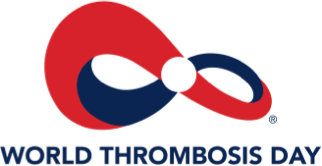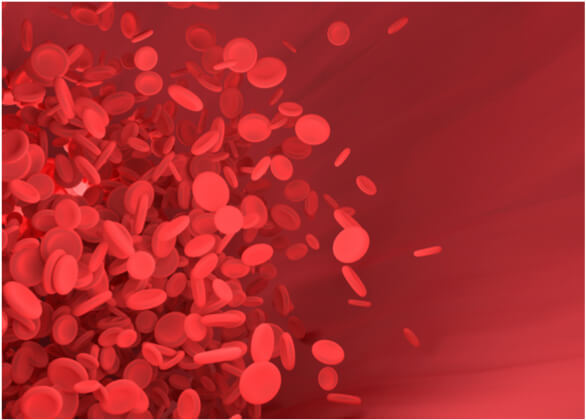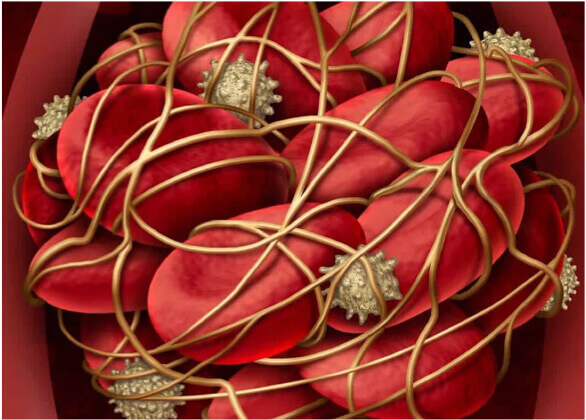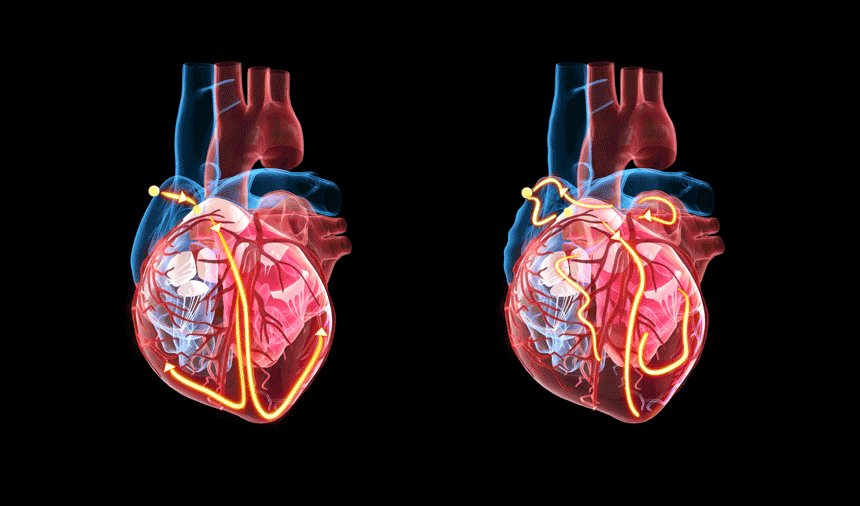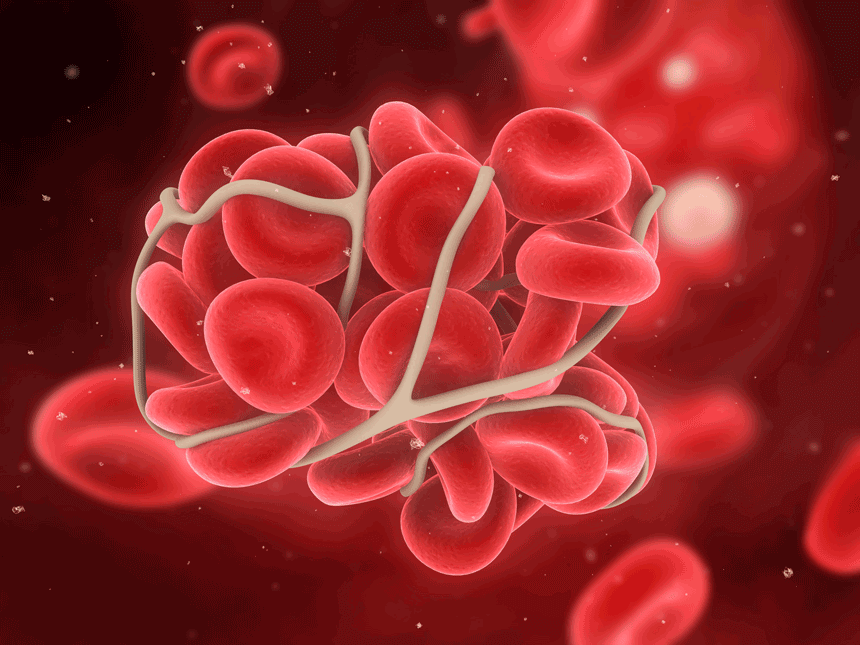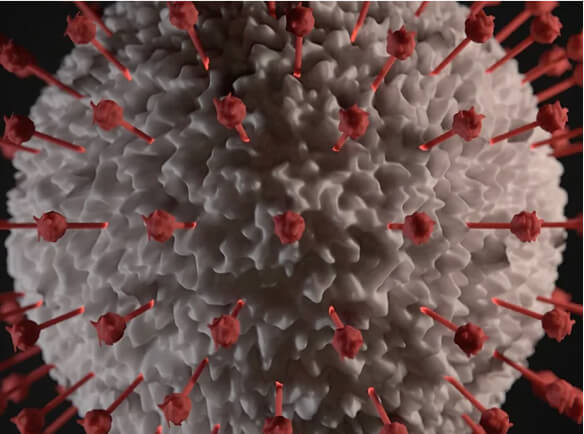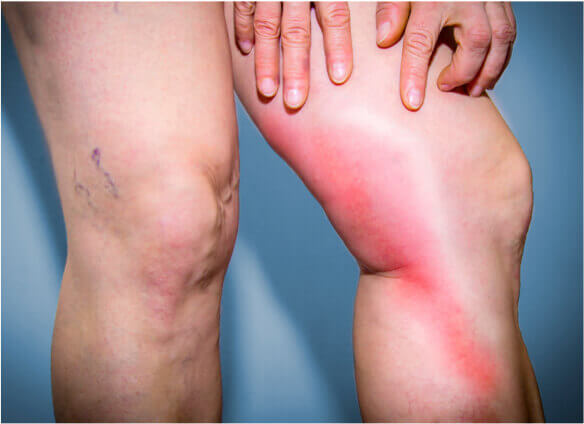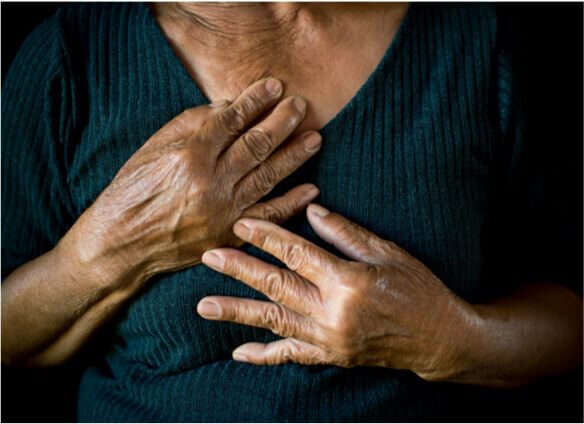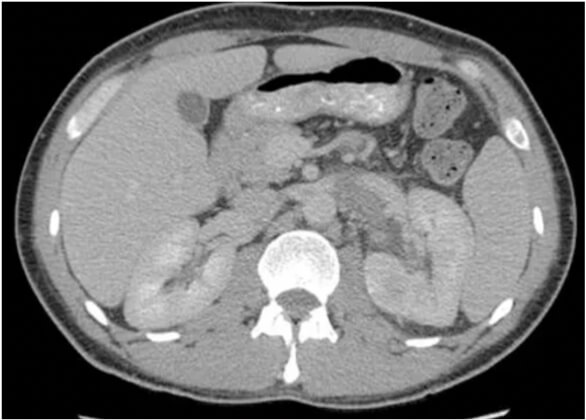What is Thrombosis?
Thrombosis is the formation of a blood clot in a blood vessel.
The vessel may be any vein or artery, such as in a deep vein thrombosis (venous) or a coronary artery (arterial). Any clot that forms in a blood vessel is called a “thrombus.”
Once formed, a venous thrombus can slow or block normal blood flow, and even break loose and travel round the body through the vessels. A clot that travels to the circulation is called an embolism. Thrombosis is the often preventable underlying pathology of heart attack, thromboembolic stroke, and venous thromboembolism (VTE), the top three cardiovascular killers.
Thrombosis is normally categorized by where it occurs in the body.
The two types of thrombosis are venous and arterial, depending on whether the clot develops in the vein or an artery. Both are influenced by acquired or inherited risk factors, although the risk factors are different for each.
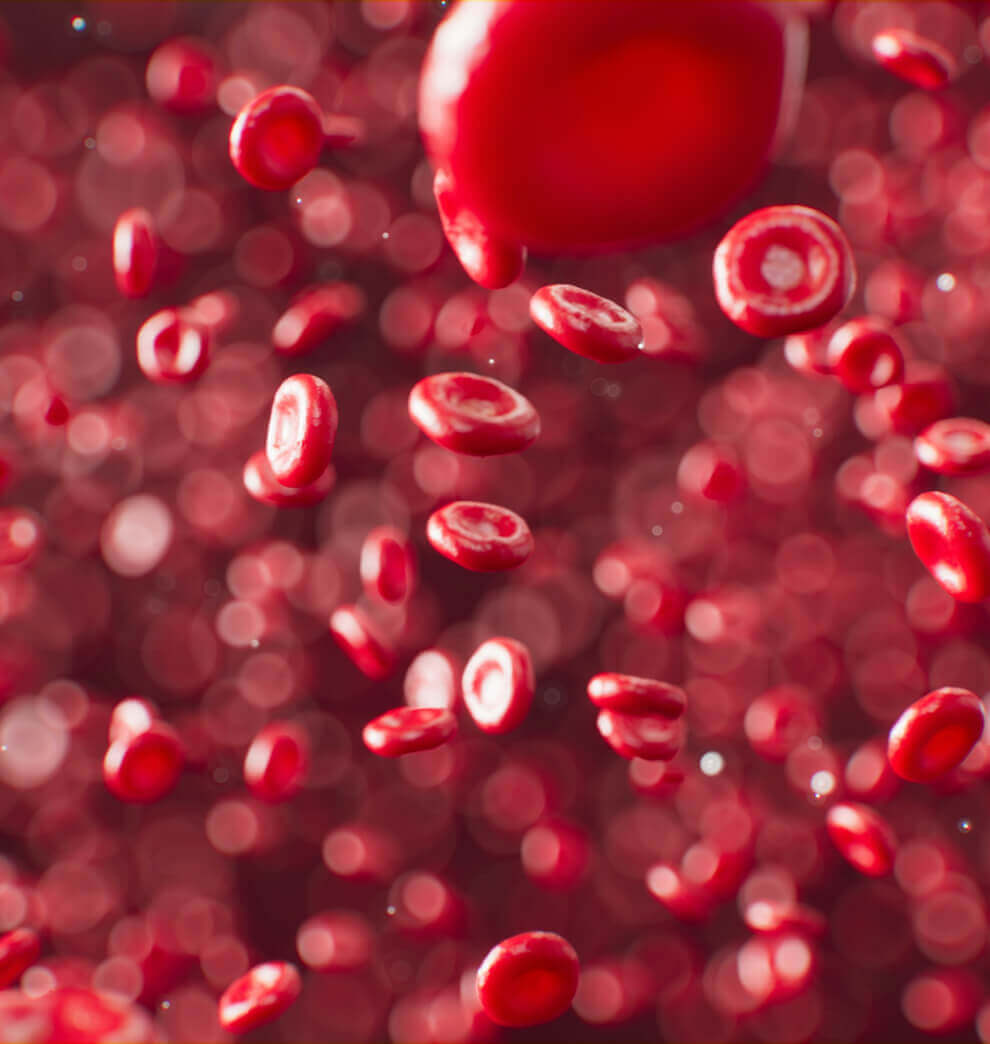

Hospital Associated Thrombosis (HAT)
Being in the hospital is a major risk factor for the development of VTE. This is a blood clot in a vein that occurs as a result of hospitalization, for any form of healthcare treatment – from surgery to medical admission to pregnancy is known as a hospital associated thrombosis (HAT) or hospital associated VTE.
There are three major groups of risk factors for VTE- reduced blood flow, damage to the vein wall and/or sticky blood. VTE is more likely to develop if there is reduced blood flow, due to immobility because of bedrest. It can also occur if the blood vessel wall is damaged, which can happen due to blood vessel trauma because of surgery or other serious injury or if blood gets more sticky, which it does when someone is ill with anything from pneumonia or have an inflammatory illness such as ulcerative colitis or rheumatoid arthritis. Some people have slightly more sticky blood because they have inherited a “thrombophilia”- sticky blood factor.
Types of Thrombosis
The two broad classifications of thrombosis are venous (VTE) and arterial (AT), depending on whether the clot develops in a vein or an artery. Venous and arterial thrombosis are variations of similar pathologic mechanisms. Both venous and arterial thrombosis are influenced by acquired or inherited risk factors.
Thrombosis-Related Conditions
Atrial Fibrillation
Atrial fibrillation (AFib) is a type of irregular heartbeat which means the left and right atria do not contract properly and if you were to see them, they look like a bag of worms! The lack of proper contraction means there is poor flow through the atrium and blood clots can form within the atrial. These blood clots can break off and travel through the body to block an artery elsewhere. If an embolism blocks an artery in the brain, this results in a stroke. Untreated atrial fibrillation is a common preventable cause of stroke.
Mental Health Matters
DVT and PE are serious, life-threatening conditions that require immediate medical attention. Early diagnosis and treatment can often lead to recovery, and it is important to know the signs, symptoms and risk factors that contribute to the development of a blood clot(s).
